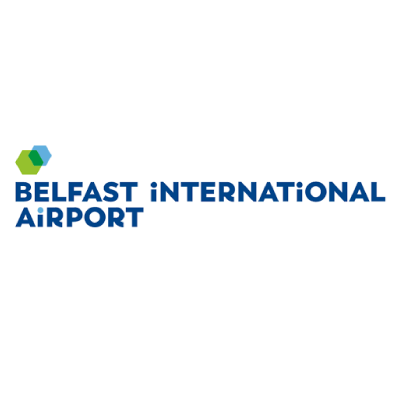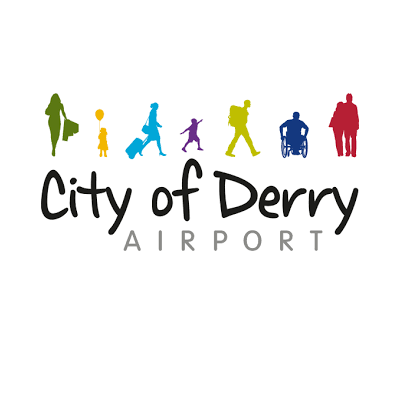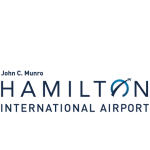Since the outbreak of COVID-19, health has become the number one priority for airports and passengers. As a result, we’ve seen a sharp acceleration in the use of contactless technology in airports, which limits the number of surfaces passengers need to touch and reduces the need for face-to-face contact with the airport staff. However, now the COVID-19 virus is no longer strongly associated with contaminated surfaces, it poses the question of whether contactless airport technology is still essential?
Here we will discuss building a business case for airport touchless technology post-pandemic and how airports can continue to win stakeholder buy-in.
Is airport touchless technology still essential?
Contactless technology is not a new thing. It’s been trialled and used by airports for years now. However, there is no denying that the pandemic has increased the demand for a touchless experience to improve passenger and staff safety while restoring confidence in visiting the airport.
As Fabrizio Magliocca, Head of APOC Management at Aeroporti di Roma, said at the International Airport Review, “in these years, we’ve seen every kind of touchless technology, from thermal scanning, touchless buttons for elevators and soap dispensers to scannable QR codes for ordering food. While they made sense during the pandemic, we may question whether they still make sense now.”
And he raises a good point. While contactless airport technology offered several benefits during the pandemic relating to health and hygiene, for airports to continue investing in it, there needs to be a good business case.
Benefits of airport touchless technology
A good business case brings together the benefits, challenges and future vision so decision makers can determine whether a project or new piece of technology is worth investing in.
In terms of benefits, airport touchless technology offers plenty. For starters, passengers want a touchless experience. According to SITA’s Passenger IT Insights 2022, ‘the more technology there is during travel, the happier the passengers are.’ Furthermore, in a recent survey by Gallup, when asked ‘what makes you more likely to travel through the airport,’ 81% of passengers said ‘touchless equipment or technology used wherever possible.’
“Touchless restores trust and confidence in delivering healthy passenger experiences,” said Kirk Goodlet (Director, Facilitation and Product Development at Winnipeg Airports Authority) at the IAR Online Summit earlier this year.
And while that is a huge benefit in itself, it isn’t the only one. Contactless airport technology like Rezcomm’s queueless journeys can also improve efficiency, which has a positive impact on passenger spending, and, therefore, revenues, and also provide the opportunity for airports to reallocate staff to more complex customer needs. For further reading, check out our blog on the benefits of virtual queuing and contactless airport technology.
Ultimately, contactless airport technology can go a long way to helping airports futureproof their operations against another world crisis. And that itself proves touchless tech at the airport is still essential, and there is a valid business case for it.
Addressing the challenges of touchless technology at the airport
Of course, every business case must highlight potential challenges and drawbacks too. While biometrics and other contactless airport technology offer many fantastic benefits, wrinkles also need to be ironed out industry-wide.
For instance, at the IAR Online Summit, Kirk Goodlet explained that while Winnipeg International Airport “gained a lot of momentum” with contactless passenger processing during the pandemic, “some has been lost based on a proliferation of paper-based entry and exit requirements most of which are not interoperable across countries and across systems and many of which as we’ve seen change rather frequently with evolving agency mandates.”
And this is an industry-wide problem, as highlighted by Fabrizio Magliocca at Aeroporti di Roma who said, “we need to define a standard, accept a standard and discuss the standard with decision makers and other airports, or we’ll be wasting our time and investing money in something that won’t work.”
There is a call for standard-setting bodies to establish and support a standard for biometrics and data processing for airports and the broader ecosystem they are part of to move forward.
Building a business case for airport touchless technology
While it’s essential to highlight the benefits of airport touchless technology and address the challenges of digital transformation, when building a business case, there’s also a need to consider several other factors, such as:
- Which technology will suit the airport, its airline partners and passengers
- Which airport technology partner will implement the new system and provide support
- Whether the system will enable interoperability across the ecosystem
- Whether the touchless technology works within policy constraints
“You need to have a clear understanding of the policy constraints in your country, and the business case you build needs to be consistent with the regulatory framework you’re working with,” said Fabrizio Magliocca at the IAR Online Summit.
In addition, he highlighted the need to “find the right mesh with the right airlines.” Winnipeg Airport’s Kirk Goodlet agreed with this point, adding, “business case is incredibly important to securing funding from an airport perspective, stakeholder buy-in is equally as critical.”
Winning stakeholder buy-in for airport touchless technology
When it comes to putting forward a business case for new technologies, it’s not just about securing funding but acceptance. At the IAR Online Summit, Kirk Goodlet explained that at Winnipeg International Airport, they focus on a collaborative approach to decision making.
“Everything in an airport is co-managed, and we’re focused on how that relationship works when implementing technologies. So we use the 3 As – airports, airlines and agencies, which are all co-managing the passenger and passenger journey. All are necessary to deliver on touchless technology and passenger processing, and not one single stakeholder could do it on their own.”
And we couldn’t agree more. The business case for new airport touchless technologies will only succeed if all stakeholders are involved and onboard. We’ve delved into this further in our article how airport innovation teams secure stakeholder buy in.
In addition to airlines and agencies, it’s also vital that the business case for airport touchless technology considers how passengers will react and respond. Taking a customer-centric approach to digitising the airport is paramount, as discussed in our article How airport CEOs are adapting their business models for the future.
It is crucial to have a plan in place to engage with passengers at an early stage to introduce airport touchless technology, support them in using it, and gather their feedback. As your tech partners, it’s something we’ll help you deliver to ensure you gain passenger acceptance and get the best possible return from touchless technology at the airport.
Partner with Rezcomm
When it comes to building a business case for airport touchless technology and winning stakeholder buy-in, we’ve got you covered. Not only do we have a wealth of contactless airport solutions to explore in our brochure, but we can help you build a Business Case, pulling together statistics and building a detailed case of why your airport needs Rezcomm. Book a meeting for more information and to discuss the best touchless technology for your airport.






























